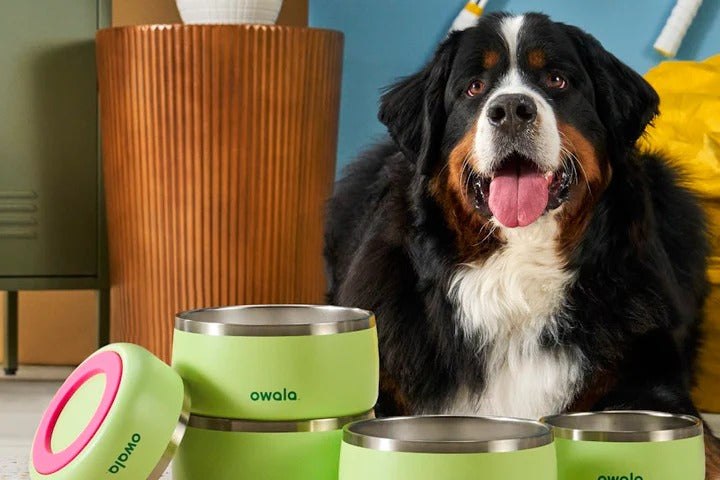
The Importance of Cleaning Your Pet's Bowl: A Guide for Pet Parents
Share
Why Cleaning Your Pet’s Bowl is Essential
As a pet parent, you want to ensure your furry friend stays healthy and happy. But did you know that one of the biggest threats to your pet’s well-being could be their food and water bowl? Bacteria, mold, and leftover food particles can accumulate quickly, leading to serious health risks. Regular cleaning is key to preventing pet illnesses and ensuring a hygienic feeding environment.
How Often Should You Clean Your Pet’s Bowl?
Many pet owners wonder, How often should I clean my pet’s bowl? The answer is: daily. Just like humans, pets deserve fresh, clean food and water every day. Studies show that unwashed pet bowls can harbor harmful bacteria like E. coli, Salmonella, and yeast, which can make your pet sick.
Recommended Cleaning Schedule:
-
Food Bowls: Wash after every meal with warm, soapy water.
-
Water Bowls: Rinse and refill daily, with a deep clean at least once a week.
-
Stainless Steel, Ceramic, or Plastic? Opt for stainless steel bowls as they are easier to clean and resist bacteria better than plastic or ceramic options.
Best Way to Clean a Pet Bowl: Step-by-Step Guide
Keeping your pet’s bowl clean doesn’t have to be a hassle. Follow these simple steps:
-
Use Hot, Soapy Water: Dish soap and warm water help remove residue and bacteria.
-
Scrub with a Dedicated Brush: Avoid using the same sponge you use for your dishes.
-
Rinse Thoroughly: Ensure no soap residue is left behind.
-
Sanitize Weekly: Run stainless steel or ceramic bowls through the dishwasher or soak in a vinegar-water solution (1:1 ratio) for 10 minutes.
-
Dry Completely: Prevent mold and mildew by thoroughly drying the bowl before use.
The Dangers of a Dirty Pet Bowl
Neglecting to clean your pet’s bowl can lead to several health risks, including:
-
Bacterial Infections: Harmful bacteria can cause vomiting, diarrhea, and digestive issues.
-
Mold and Mildew: Standing water and leftover food create a breeding ground for mold, which can trigger allergies in pets.
-
Biofilm Buildup: A slimy layer that harbors dangerous pathogens, increasing the risk of infections.
Owala Life Bottle: A Hygienic Alternative for Your Pet’s Water Needs
If you're looking for a more hygienic solution for your pet’s hydration, consider Owala Life Bottles. These BPA-free, stainless steel bottles ensure fresh and clean water for your pet on the go. With leak-proof lids and easy-to-clean designs, they help prevent contamination while keeping your pet hydrated.
Final Thoughts
Maintaining a clean pet bowl is a simple yet crucial part of responsible pet ownership. By washing your pet’s bowl daily and using safe, high-quality materials like Owala Life Bottles, you can protect your furry friend from harmful bacteria and keep them healthy and happy.
Have you been cleaning your pet’s bowl regularly? Share your tips and tricks in the comments below!
